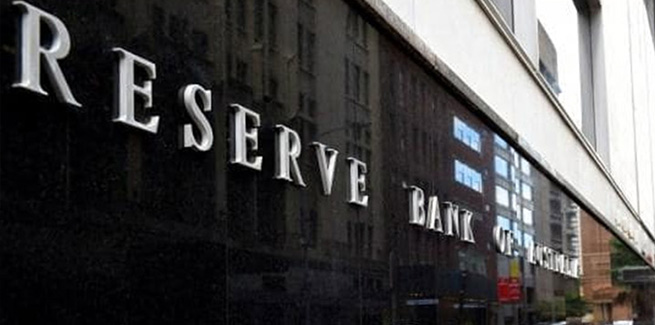Following its monthly monetary policy meeting on Tuesday (5 July), the Reserve Bank of Australia (RBA) announced that it will increase the cash rate by 50 bps.
The move is the second 50-bp hike in a row and followed the 25-bp hike in May, taking the official cash rate to 1.35 per cent.
The RBA’s deliberations firmly moved the cash rate away from its historic low of 0.1 per cent, where it was held for several years during the pandemic.
Governor Philip Lowe said the board will be “paying close attention” to the global outlook, as the war on Ukraine and ongoing uncertainties related to COVID, especially in China continue to drive global uncertainty pushing up prices.
While he indicated it will be “some time yet” before inflation returns to target in most countries, he anticipated Australia will peak this year before declining back down towards 2-3 per cent.
On the domestic front, Mr Lowe said the Australian economy remained “resilient” and the labour market was tighter than it had been for some time, but raised concerns over household budgets following the previous rate hikes.
“The recent spending data have been positive, although household budgets are under pressure from higher prices and higher interest rates,” he said.
“Housing prices have also declined in some markets over recent months after the large increases of recent years.”
Despite some slowing down in the market, the decision was made for a second 50-bp hike as the central bank attempts to drive down the “extraordinary monetary support” that was put in place during the pandemic, Mr Lowe said.
“The Board expects to take further steps in the process of normalising monetary conditions in Australia over the months ahead,” Mr Lowe said.
“The size and timing of future interest rate increases will be guided by the incoming data and the Board’s assessment of the outlook for inflation and the labour market.”
Further, as households were sitting on large savings buffers – up to two years ahead of their mortgage repayments there was some reassurance Australians can handle the rate hikes.
“The household saving rate remains higher than it was before the pandemic and many households have built up large financial buffers and are benefiting from stronger income growth,” Mr Lowe said.
PropTrack’s senior economist Eleanor Creagh said the move reiterated the RBA board’s determination to overcome the challenge of high inflation and do “what is necessary” to rein in inflationary pressures.
“A consecutive 50-bp hike at today’s meeting has reaffirmed this determination to get ahead of the curve,” Ms Creagh said.
However, the effect of a rising interest rate environment will be deteriorating housing affordability, she said.
“Housing affordability will continue to decline as repayments become more expensive with rising interest rates,” she said.
The effects of deteriorating house prices have been seen over May and June, with PropTrack reporting a fall of more than 35 bps for the two consecutive months.
“It is important to put price falls in context. We have seen extraordinary growth in housing prices over the last two years, with home prices up 34 per cent on pre-pandemic levels. Further price falls would still leave prices above pre-pandemic levels,” Ms Creagh said.
“Mortgage rates have moved higher, and many buyers can no longer borrow the same amount as this time last year.”
As interest rates are expected to continue to rise, she said prospective buyers not only face higher borrowing costs but have “a lot more uncertainty” around future borrowing costs.
“This is being reflected in the housing market – buyer demand is moderating, auction volumes and clearance rates have fallen and sales volumes have also slipped, along with falling prices,” Ms Creagh said.
“Whilst high household debt and weak sentiment is a risk, these factors are offset by the tight labour market, promoting a degree of confidence and job security and hopefully, in turn, stronger wages growth.”
Further, Mr Lowe stated last month that increases in interest rates in May and June had not impacted “most people’s” mortgage payments and that households were sitting on large savings buffers – up to two years ahead of their mortgage repayments providing some reassurance.
However, as Australian home owners are heavily impacted by the “wealth effect”, chief economist at CreditorWatch Anneke Thompson said for those with investment portfolios, this will have a “large negative impact” on consumer sentiment.
“Nobody likes falling asset values, but, perversely, it presents an opportunity for the Australian economy,” Ms Thompson said.
“The hope being that the combined impact of the wealth effect and reduced disposable income will bring inflation down faster than in countries where household debt isn’t as high.
“Of continuing concern is supply side inflation. Neither the RBA or the government has much control over this type of inflation, and it will take some months to determine if reducing demand has enough of an impact to bring prices under control.”
[Related: Savings to cushion borrowers from rate spikes: RBA]
 ;
;
